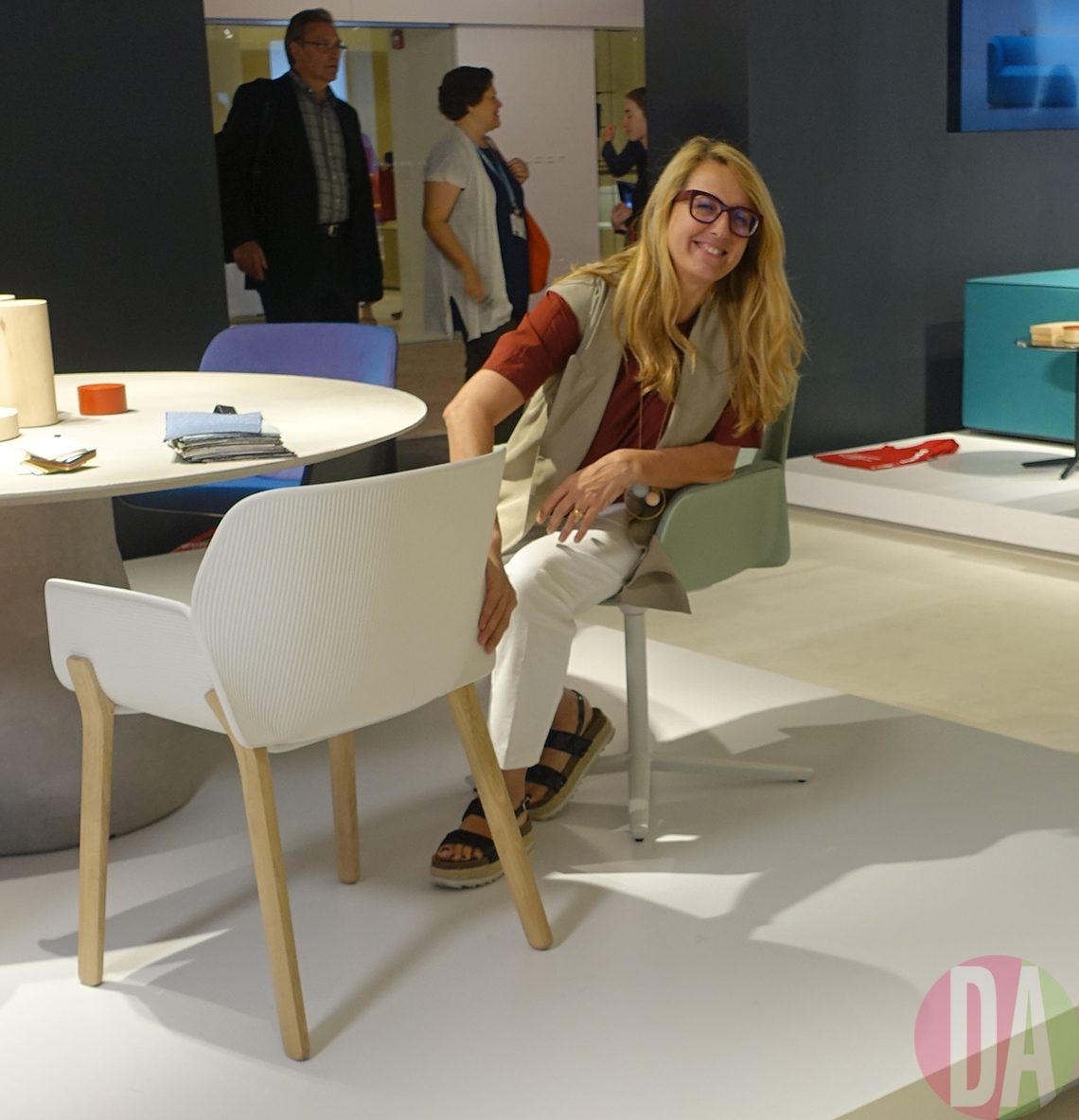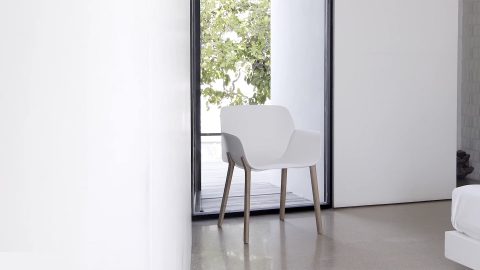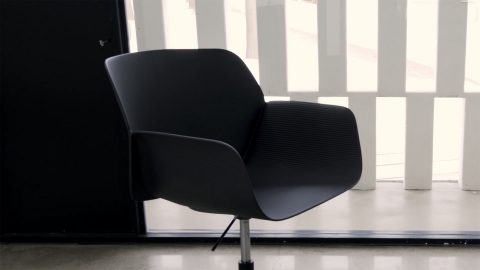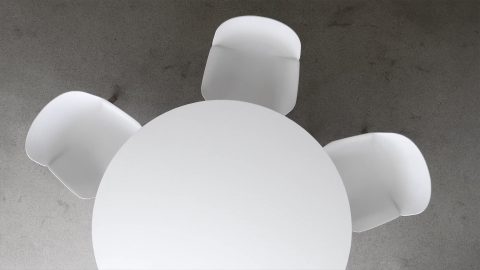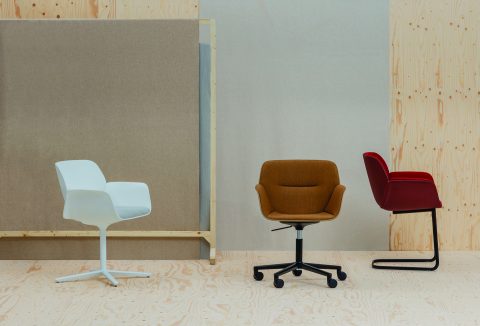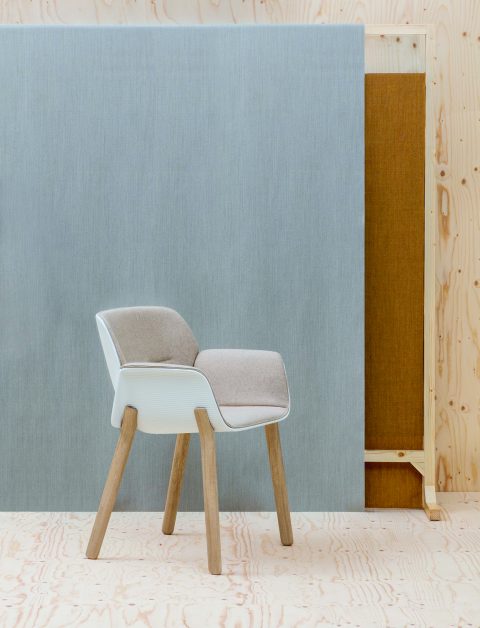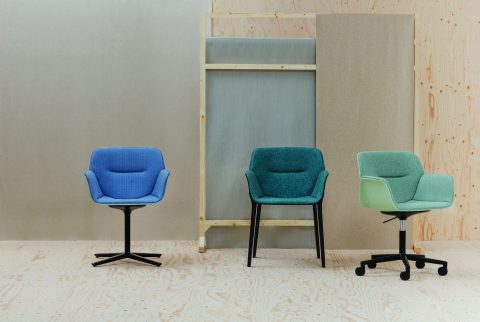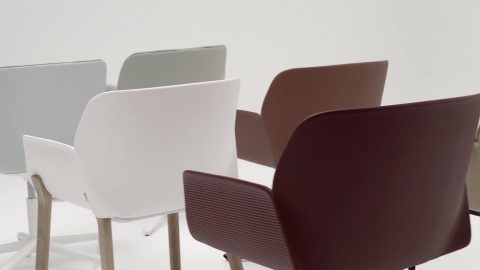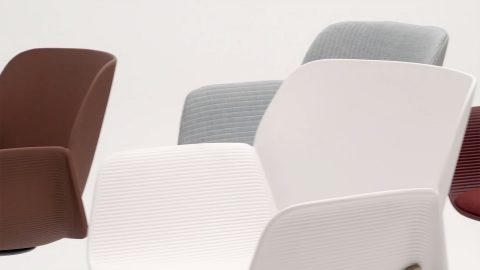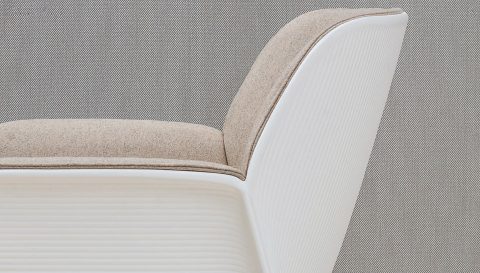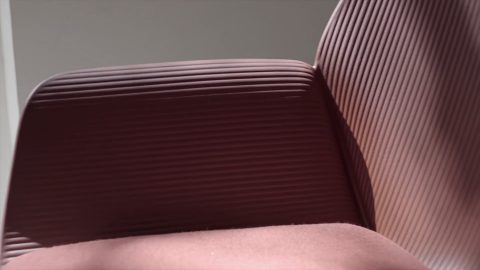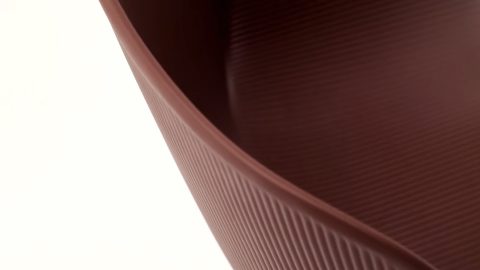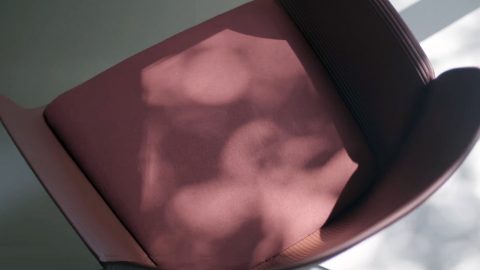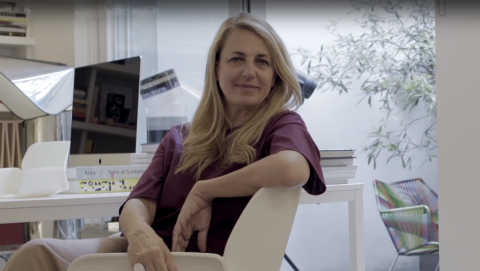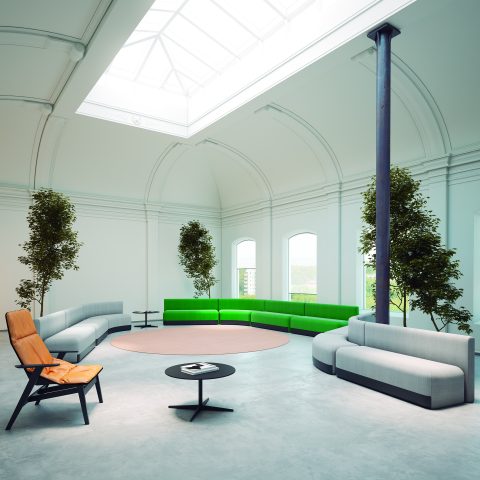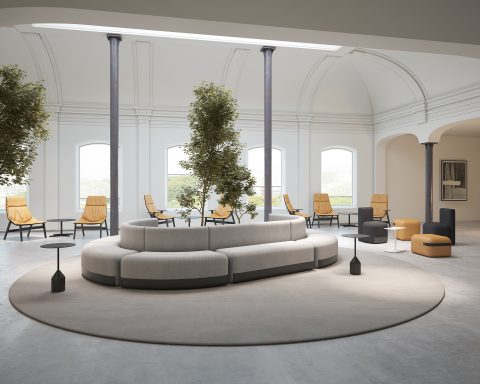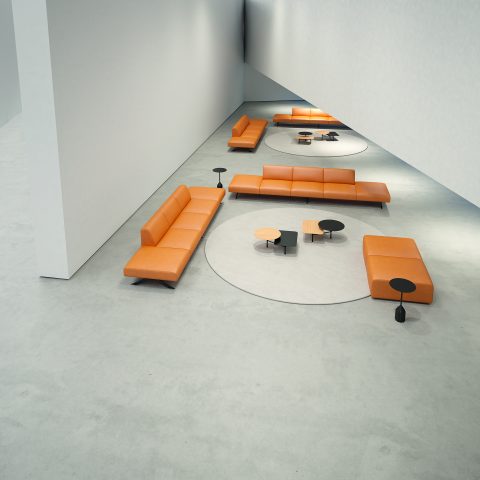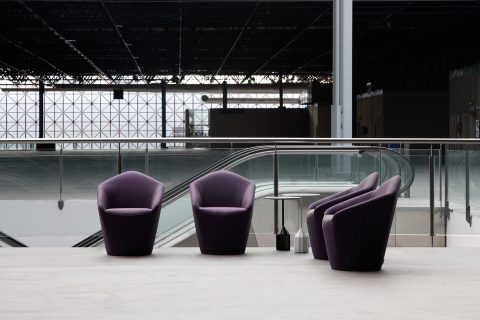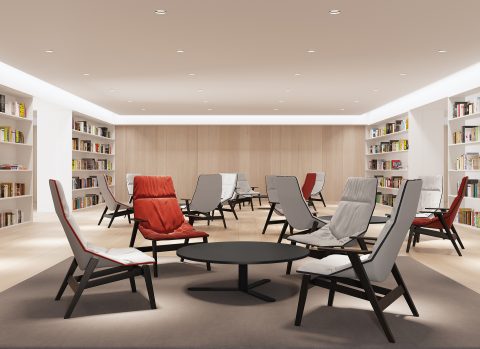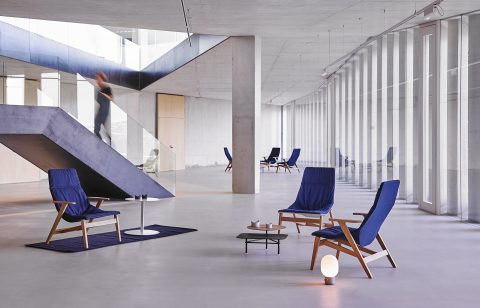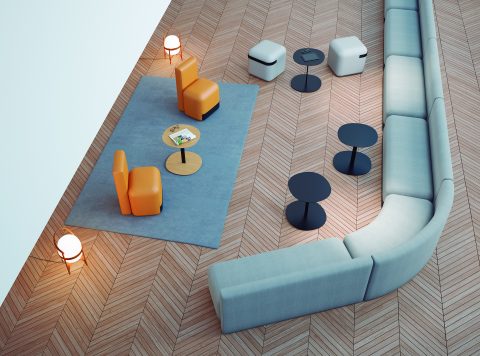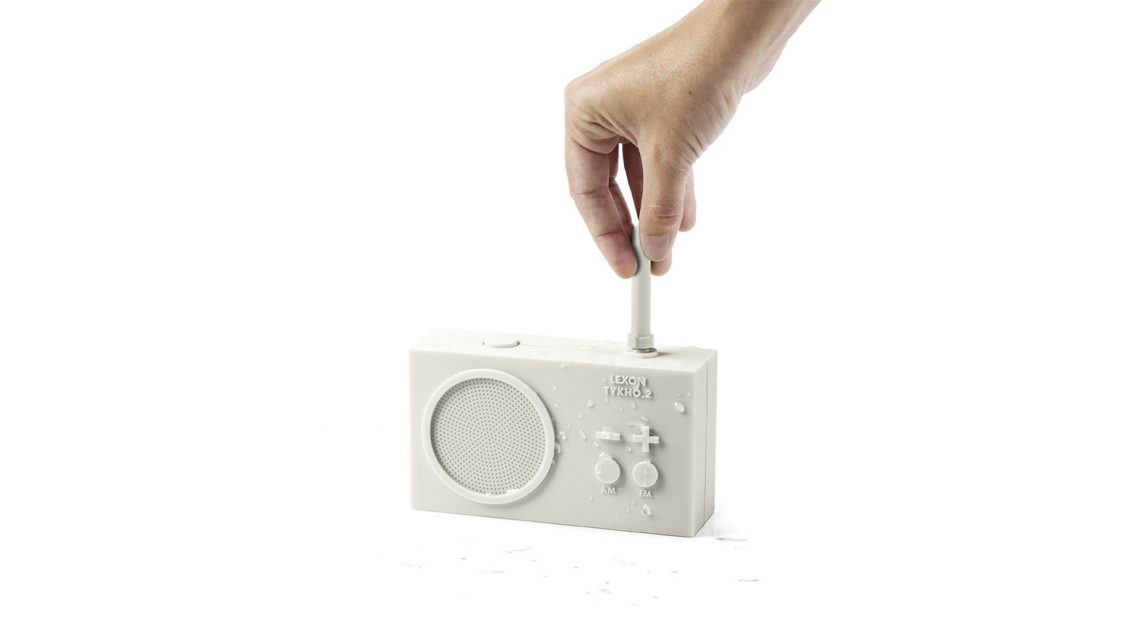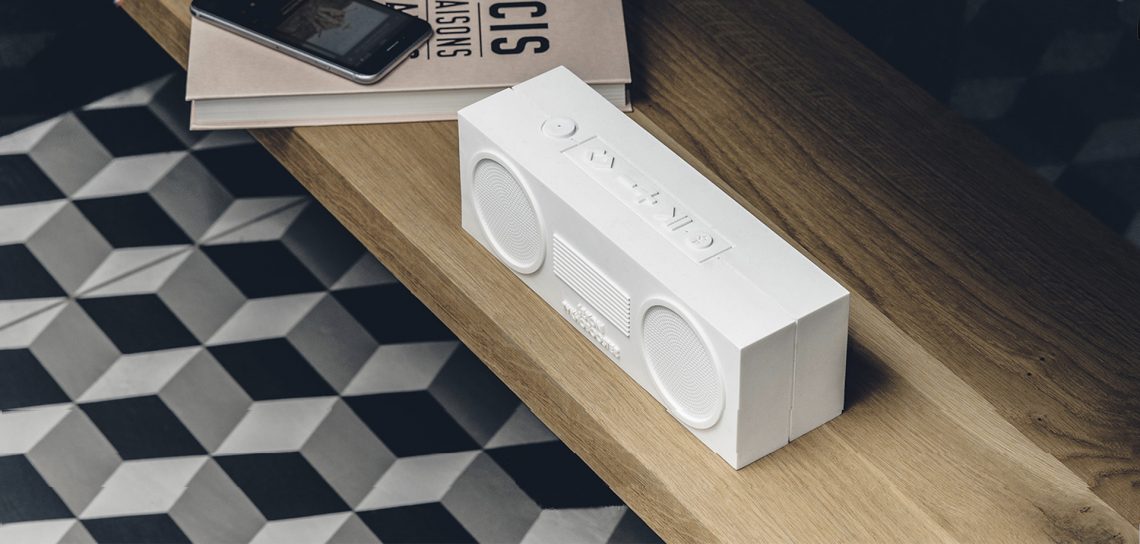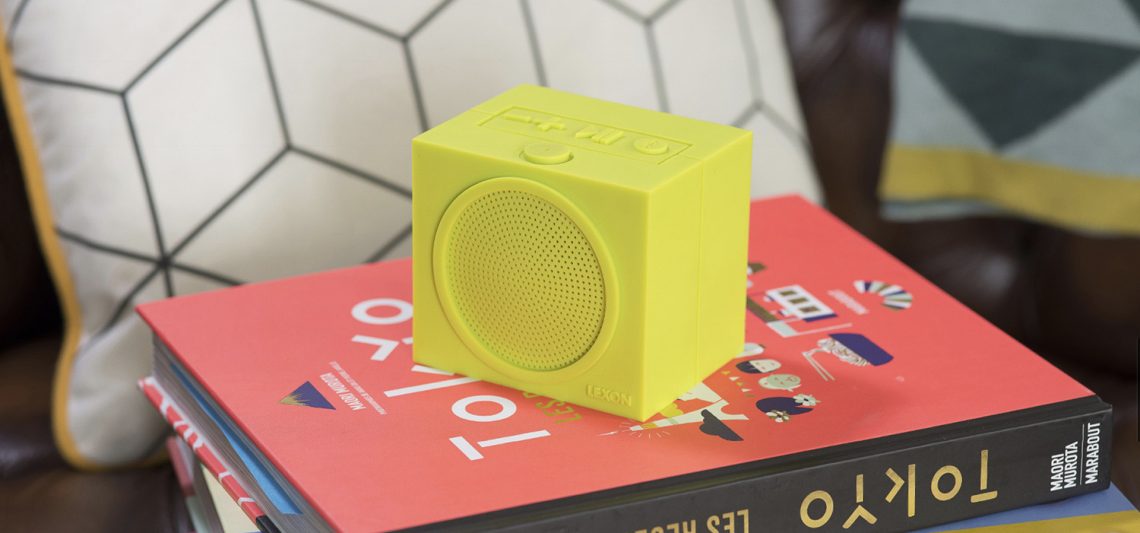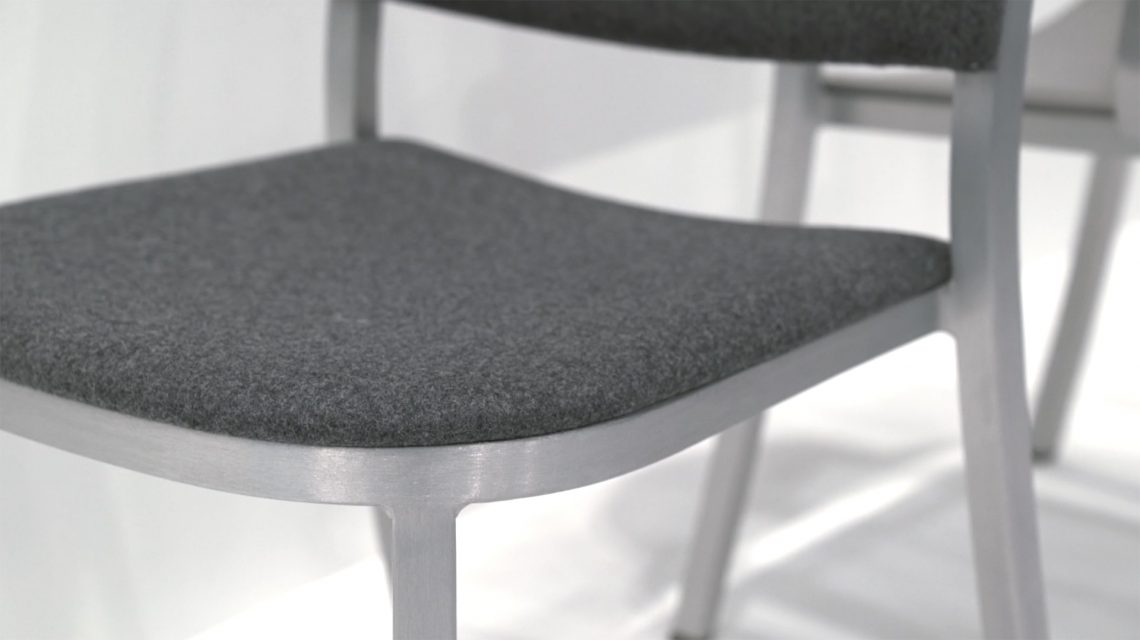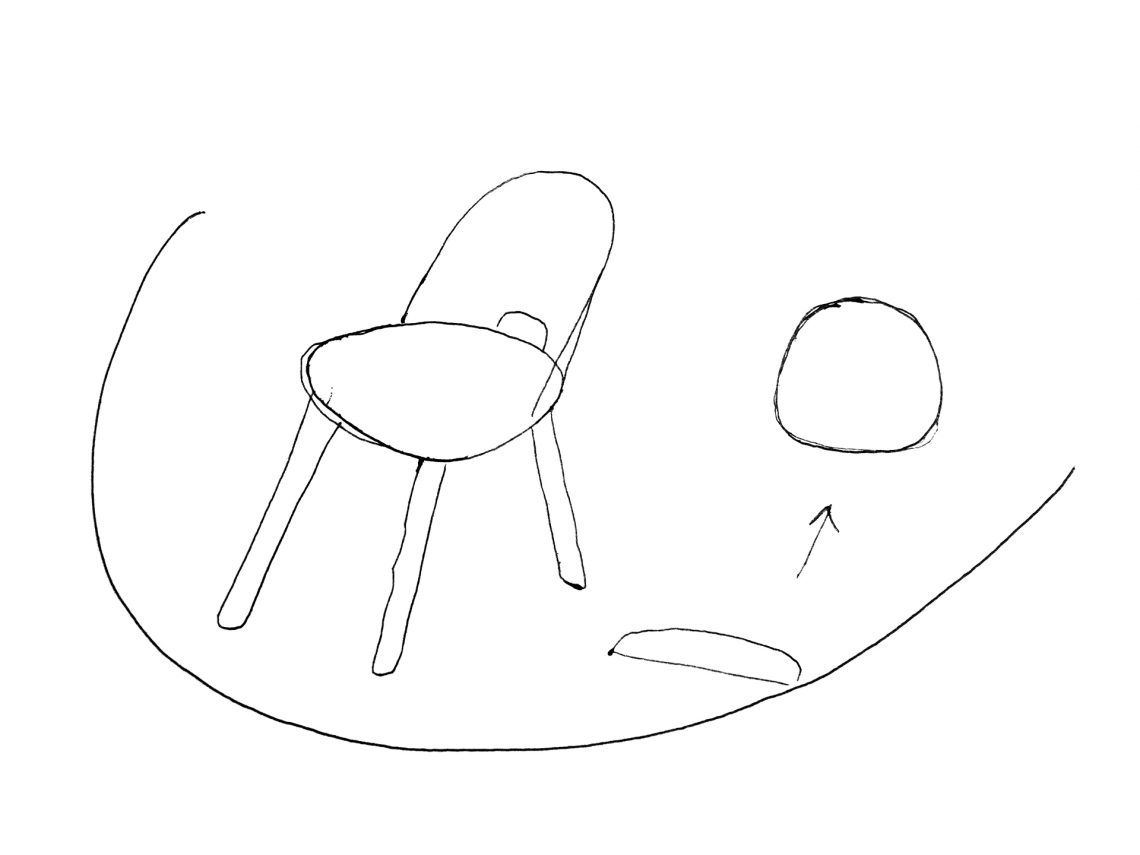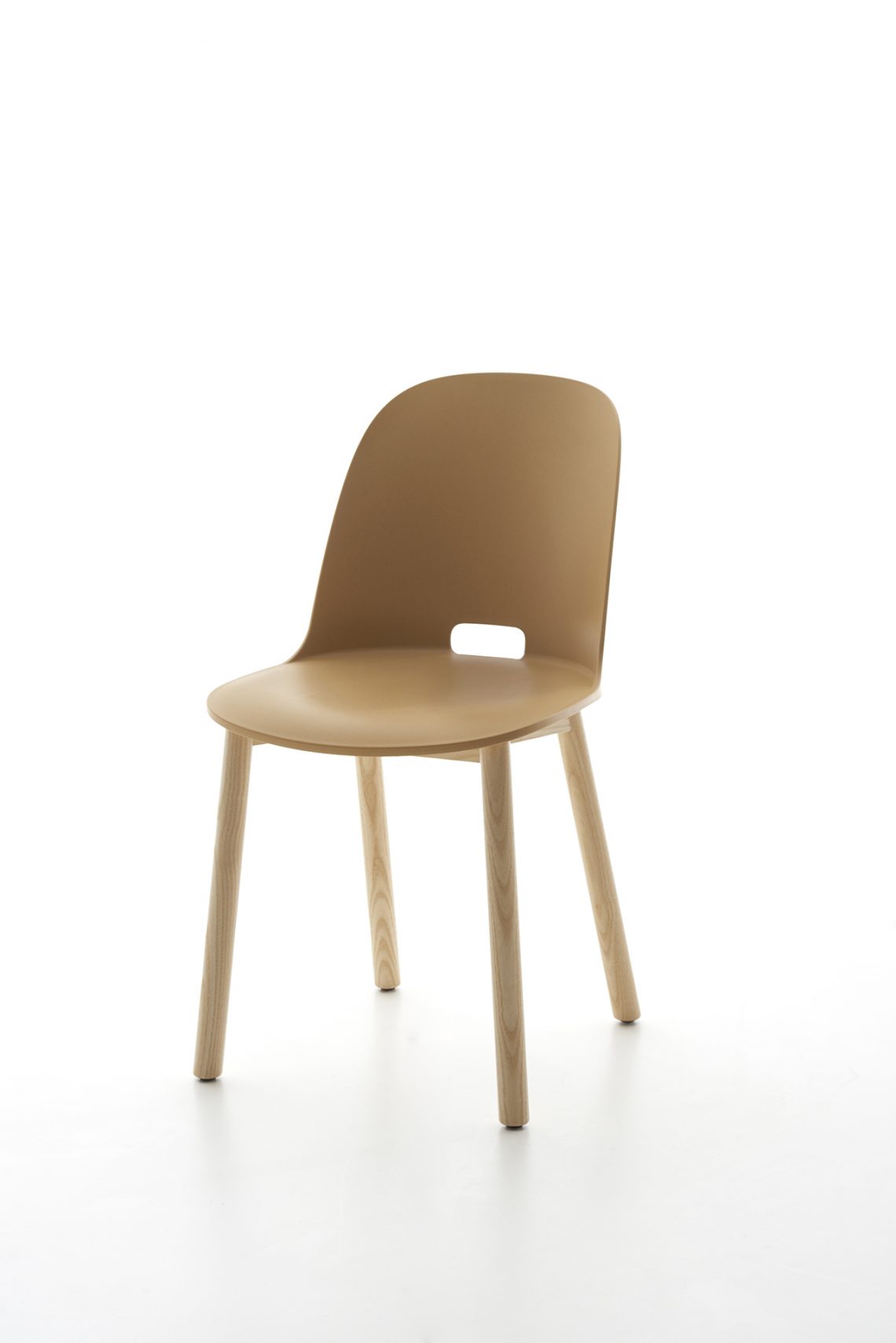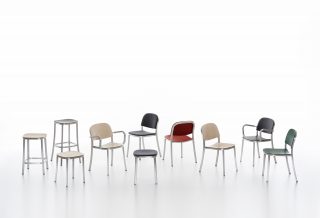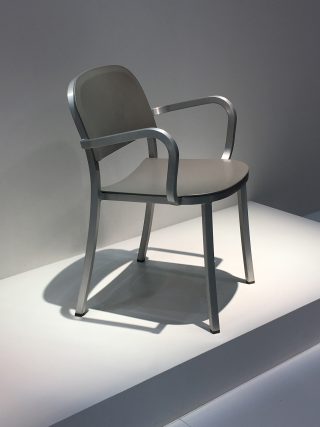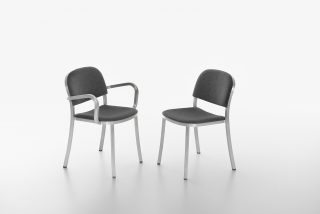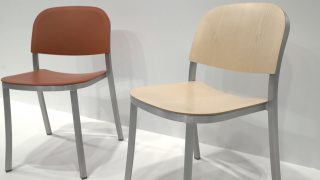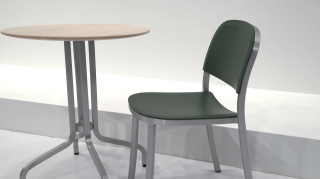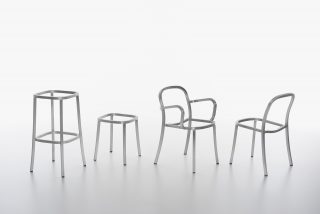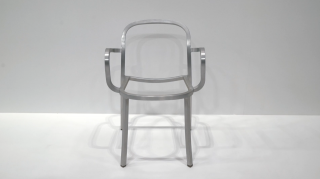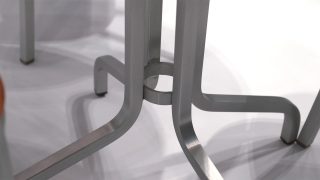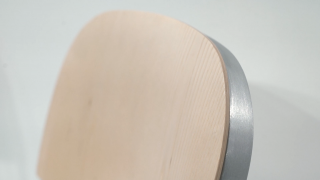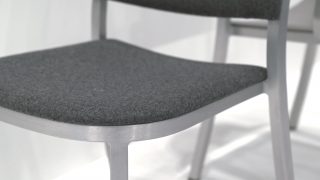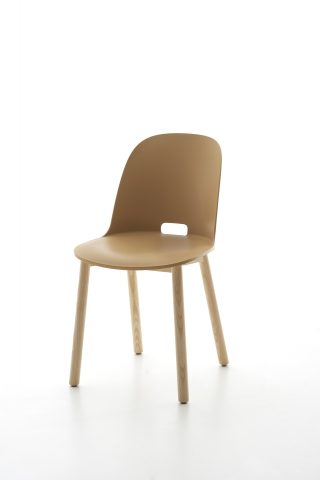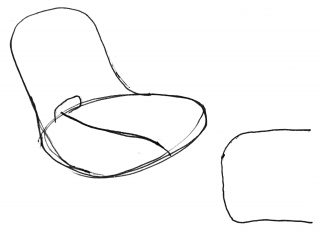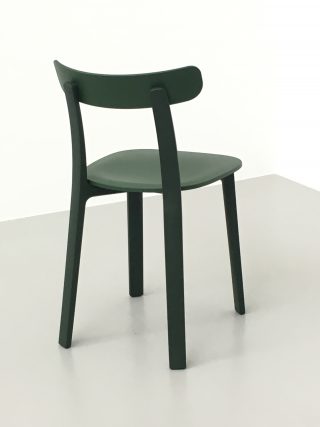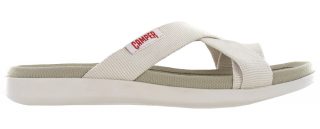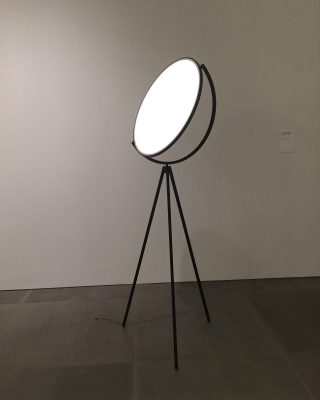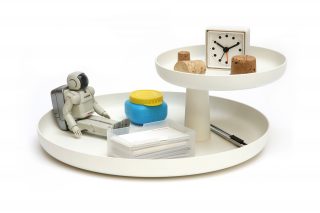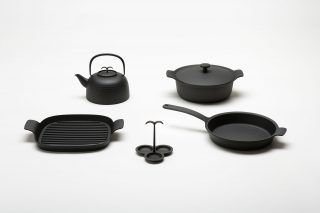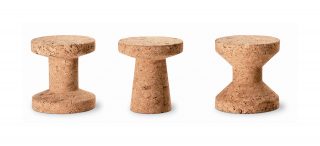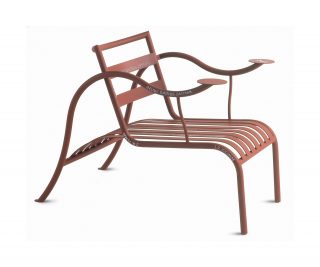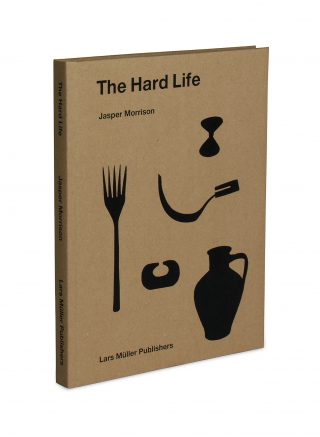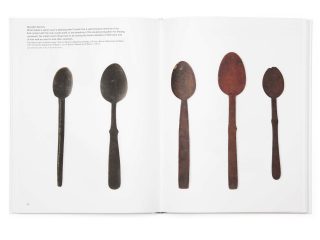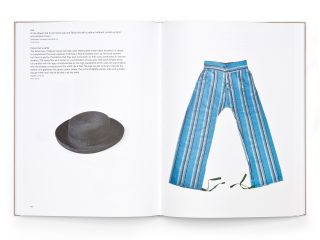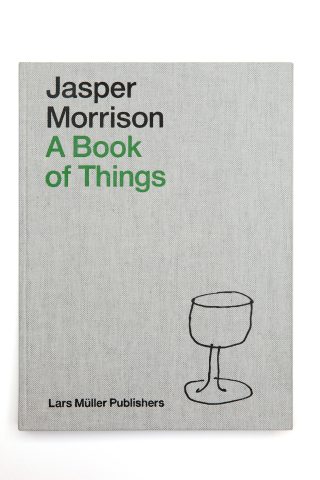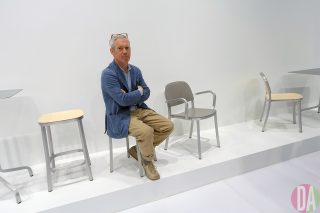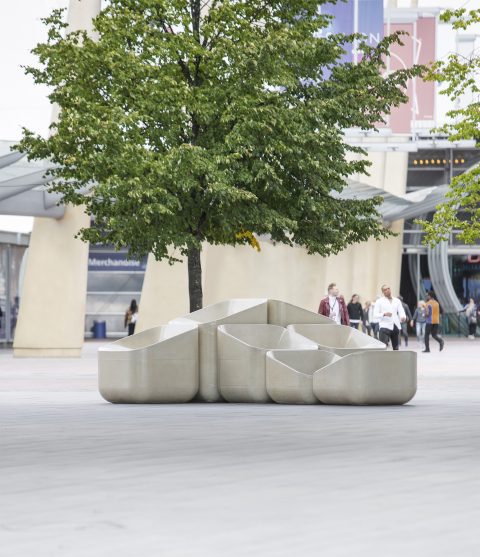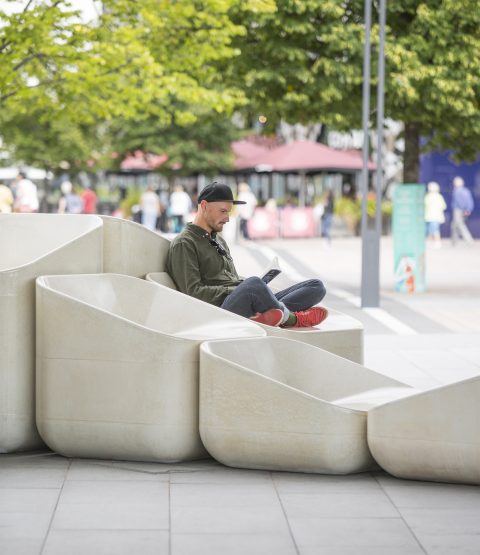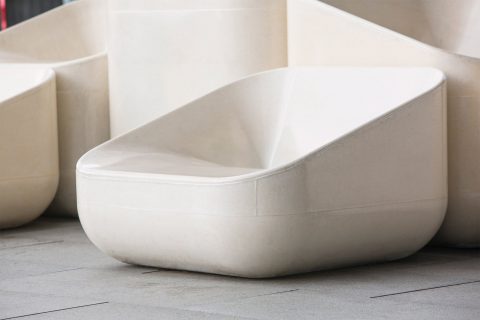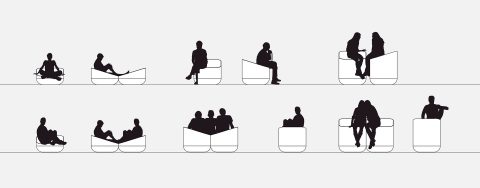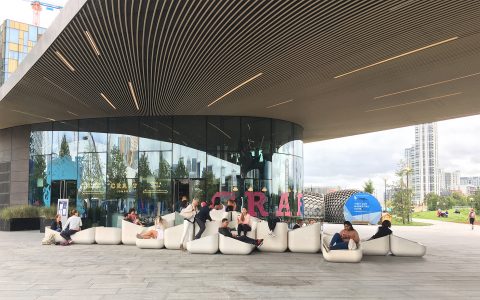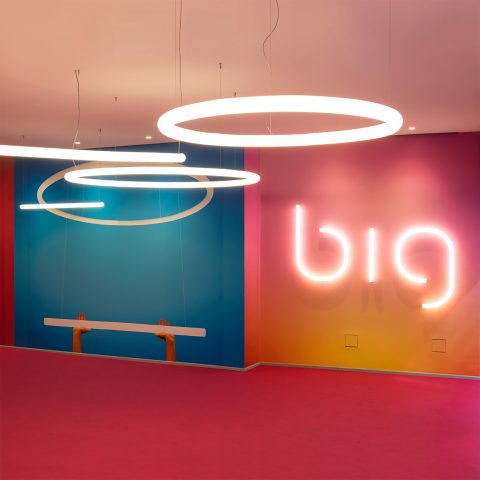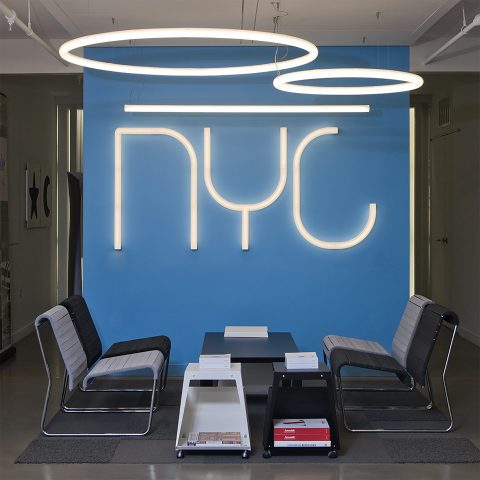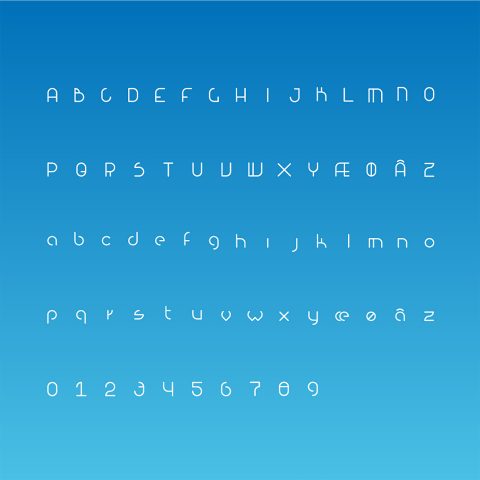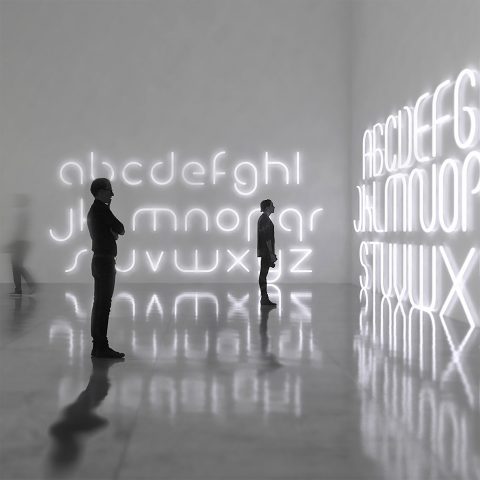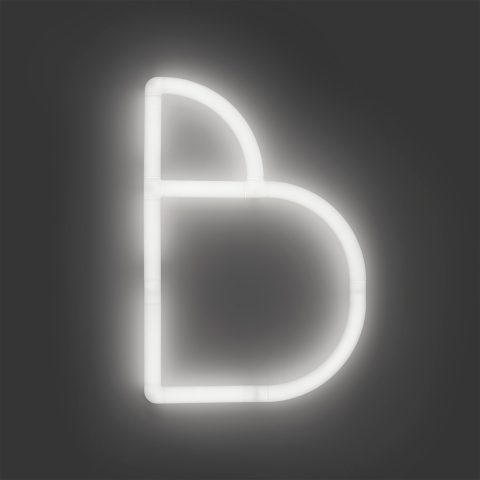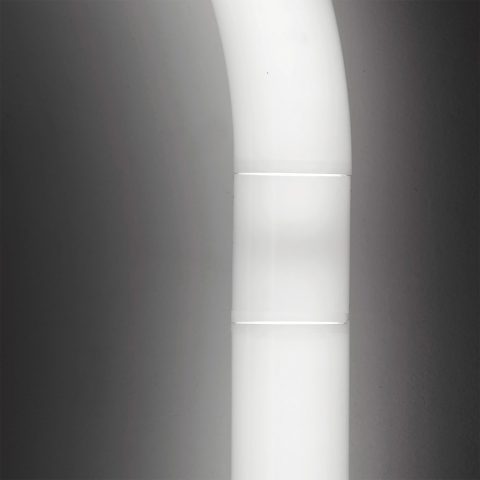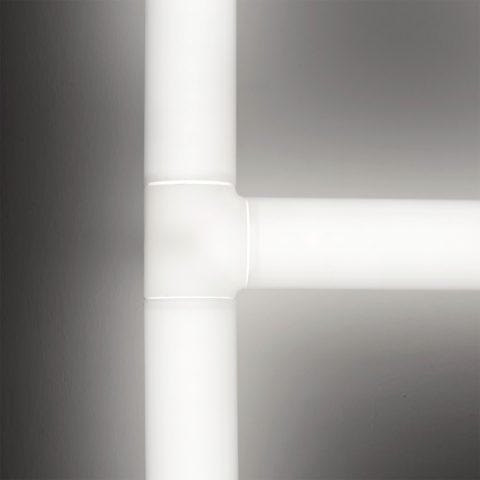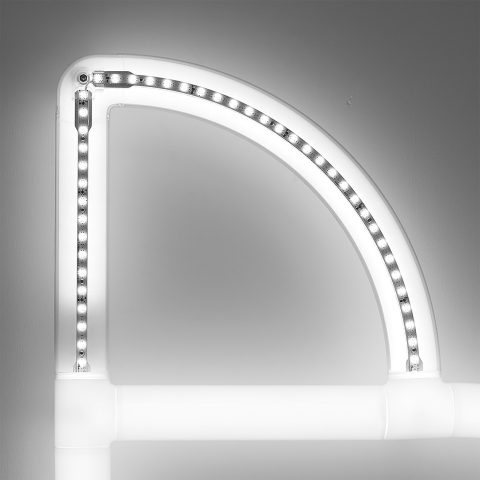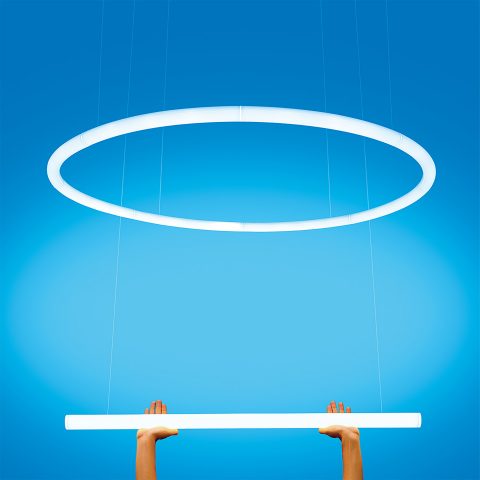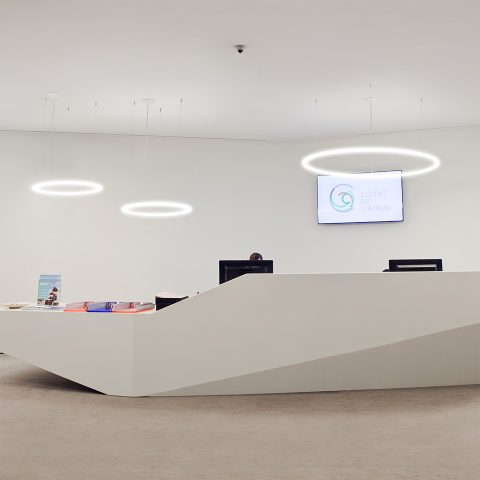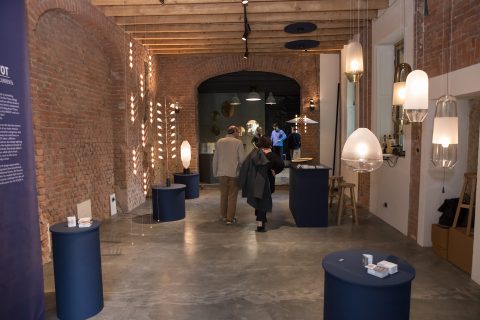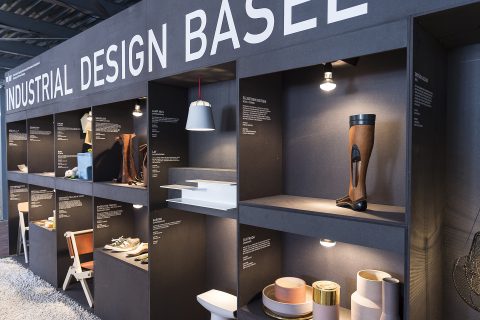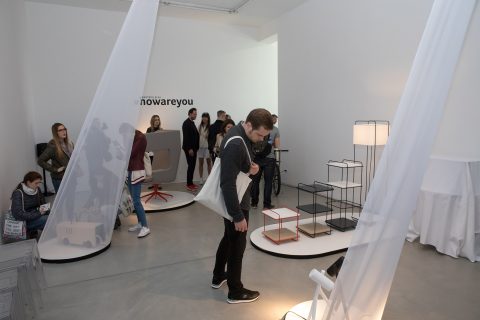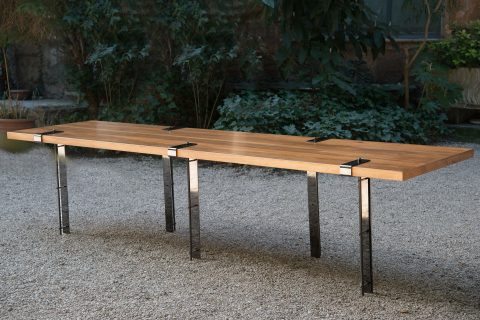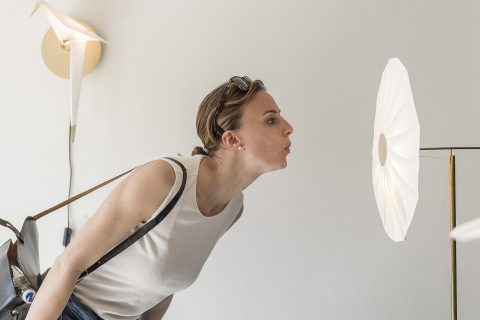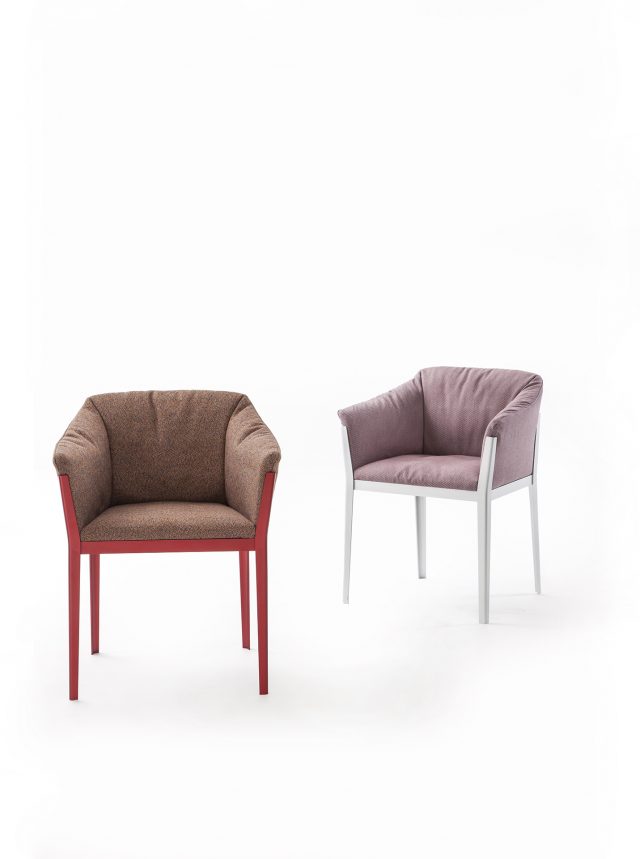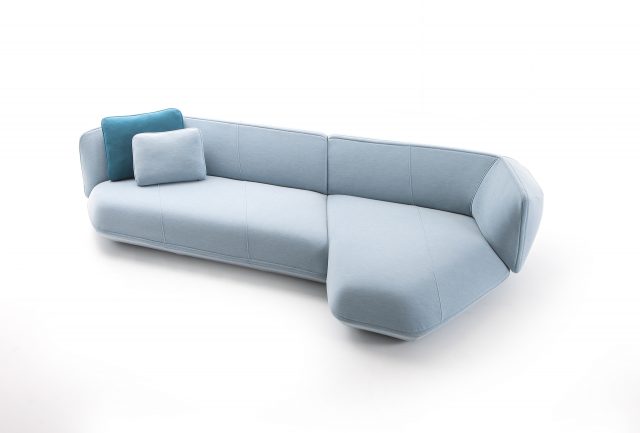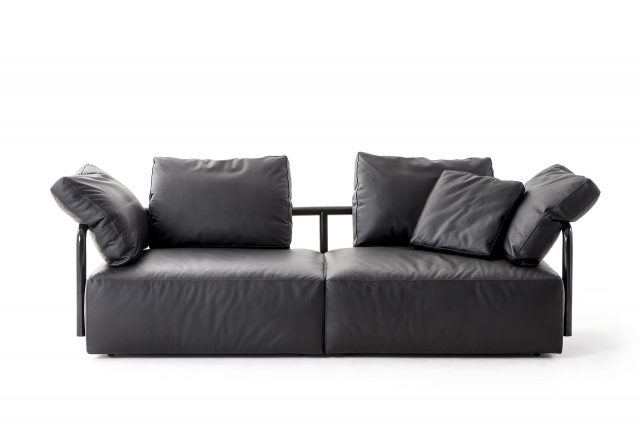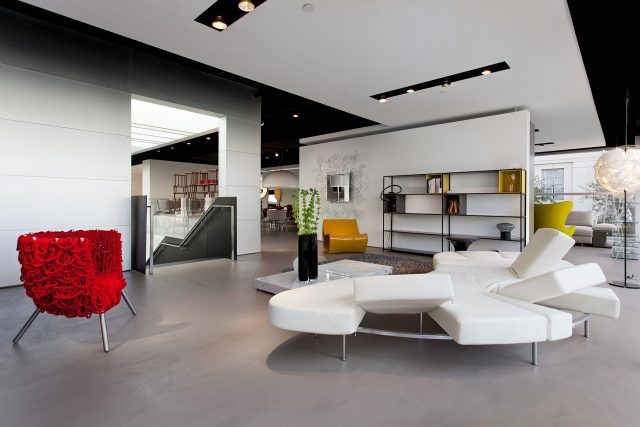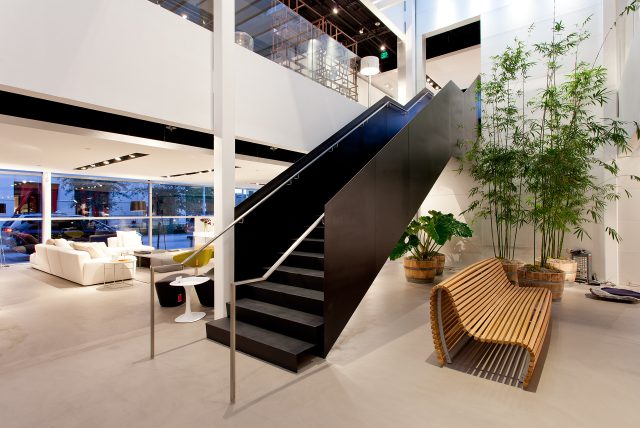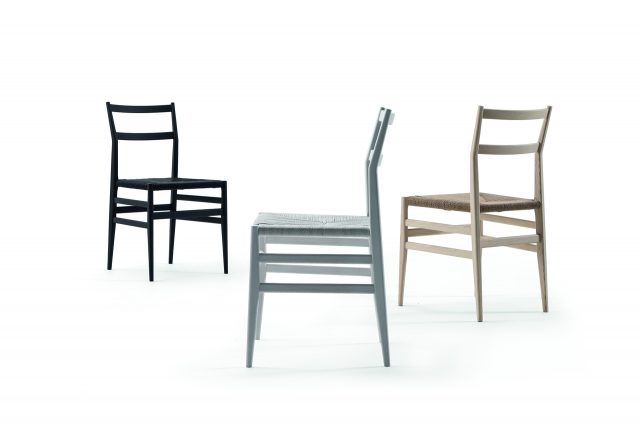
a conversation with patricia urquiola and a peek at her nuez chair for andreu world.
DesignApplause spoke to spanish designer patricia urquiola in the andreu world chicago showroom during neocon. we talk about her the nuez seat collection, which obtained a hip award in the category hospitality: seating at neocon. the chair is described as enveloping, suggestive, warm and at the same time technological. made of injected thermoplastic, it offers different options for the shell interior: fully upholstered, with upholstered seat or with padded seat and backrest. the different bases versions – four wooden legs, aluminum star, five casters or cantilever – come with a range of ten distinct colors for the shell and numerous upholstery options for the seat and backrest. a versatile design, capable of integrating into any type of corporate environment and also at home. the chair launched at salone del mobile 2017.
[patricia urquiola] we’re speaking about a new product introduction, nuez, which means ‘nut’ in english, from valencia-based [ andreu world ]. i’m very proud of our relationship, one we’ve kept for years that’s grown into friendships. we now know each other’s approach well enough where words easily translate into feelings and shapes.
why do this chair? they asked for formal and discrete, very gentle, very easy. though the company does incredible work in other materials, they were looking for a new material not in their workspace portfolio. our discussions led to plastic and they know that my injection approach is always striving for little details that are a bit curious and distinctive. what evolved was a shell concept.
we liked the concept of one shell using two elements, because of the way the two elements, like two papers, came together, like in a nut. from the back of the shell the elements created little wings which felt natural and just right. we pleated the plastic shell for aesthetics and textures giving it a materiality, a sense of touch. compared to our prior collection called nub, which was very… crafted, nuez represents a completely dissimilar notion.
[DesignApplause] nuez is crisp yet shapely. very light and does feel good to the touch. what’s her character like?
[PU] both my company and andreu philosophies are similar on many fronts. we’re all concerned, about who we work with and the way we proceed. we work with nature with a high regard for sustainability and social responsibility. we’re efficient, we produce functionality, durability, timelessness and our work, well it looks like our work. and in the end i’m very proud of this project.
[DA] what’s big on your mind right now? what’s important?
[PU] this is a conversation about a process. a company gives you a brief, you give an answer and you work in this kind of duet. it’s a beautiful established way a designer works within an industrial project. now i’m not a young designer, i’m a mature designer who’s been working this way for awhile. lately i’m doing a lot of experimentation with a group at haworth contributing to define a future vision for the group, creating an umbrella over everything. // in 2015, patricia became cassina’s art director tasked with creative management.
in the beginning it was an object and then a collection. but now we also talk about the relations of objects and space, the experiences, the services the company can offer, about everything! i’m working this way with cassina, haworth, mutina. and with andreu world i’m not doing that but i’m a good friend and they’re accustomed to my opinions and conversations. these conversations are important because they always lead to something new.
in this conversational role, the designer operates in this huge space, to re-think things, to ask more questions, it’s so open ended, so many possibilities. really, at this point the only bad decision is not to try something. and we’re just beginning.
<strong>[DA] stay tuned. [ formafantasma ] (andrea trimarchi and simone farresin) while lecturing at the school of the art institute of chicago was asked if designers are important, is design important. simone said this… the designer and the design is not important in and of themselves. formafantasma’s projects are complete once they leave the studio. it’s rare to know if their projects are a success and are rarely asked to improve what they created. their business model does not involve the relationship you’re experiencing right now.
in contrast simone felt the entrepreneur is more likely to be important. there’s a degree of control over a long period of time whereby something important could evolve.
[PU] “design thinking”, for me a label used too much, has become like a big inclusive net over everything in the world of design. i feel one starts as a specialist in design, like an industrial designer. for those who grow into more systemic integrated spaces the space opens up to expand your reach over the project. the more aspects you touch in sense the more important you are.
we can be a kind of catalyst in between society and ideals for living. we’re not only solving problems, we’re also questioning a lot of problems. i like the idea that this is a new attitude for designers: question and not only solving.



